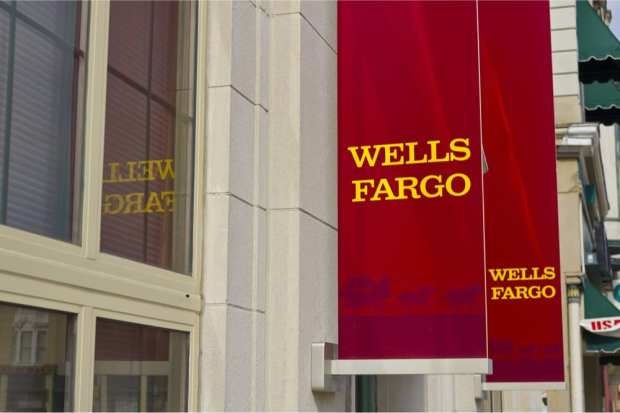Wells Fargo Sees Some Credit And Debit Card Gains Amid Generally Bad Q3

Despite reporting rough overall Q3 results Wednesday (Oct. 14), Wells Fargo called out strong mortgage banking fees, higher equity markets and declining sequential charge-offs as positives for the period.
“As we look forward, the trajectory of the economic recovery remains unclear as the negative impact of COVID continues and further fiscal stimulus is uncertain,” CEO Charles Scharf told investors on the company’s earnings call. “But we remain strong, with our capital and liquidity levels well above regulatory minimums.”
On the plus side, Wells Fargo reported that card fees rose to $912 million in the third period, up from $797 million in second quarter. The bank said that was predominantly due to increased consumer spending.
Wells Fargo also saw heightened debit card usage during Q3. Debit card point-of-sale purchase volume hit $102.9 billion in the period, up 11.1 percent from a year ago.
The firm also reported an uptick in digital-banking activity during the quarter, with 32 million active digital customers (online and mobile), including 25.9 million active mobile customers. But on the downside, general card purpose credit card point-of-sale purchase volume fell 6 percent year on year to $19.2 billion.
Scharf also told investors on the earnings call that the current near-zero interest rates reduced the bank’s net interest income even as Wells Fargo continues to deal with various expenses related to its scandal-ridden recent years. The bank reported almost $1 billion of expenses linked to customers refunds tied to previous scandals.
“Our top priority continues to be the implementation of our risk, control and regulatory work, but we are also taking targeted actions to improve the experience for our customers, clients, communities and employees,” he said. “We expect that these actions will also improve our operational and financial performance.”
But unlike many of its competitors, Wells Fargo can’t offset the pain of low interest rates by ramping up lending activity, due to government sanctions that prevent the firm from growing its balance sheet.
“We won’t be expanding the size of our balance sheet for any reason, because we’re operating with an asset cap,” Chief Financial Officer John Shrewsberry explained to reporters during the earnings call. “Others are operating in a less constrained way.”
Wells Fargo also faces higher expenses than its rivals. For instance, non-interest expenses climbed 5 percent quarter over quarter and the bank reported $718 million of restructuring charges, mostly because of severance packages paid to laid-off workers. However, Shrewsberry told investors that shrinking the bank’s headcount via layoffs and “natural attrition” will ultimately cut costs.
Wells Fargo is also bracing for ongoing economic troubles, setting aside another $769 million during Q3 for bad loans. But the silver lining to that figure is that the loan-loss provision is down from $9.5 billion in Q2.
All in, Wells Fargo reported $2 billion of net income (42 cents per diluted earnings) for the period, a 56 percent drop-off from year-ago levels of $4.6 billion (92 cents per diluted share).
Q3 revenues also fell 14 percent to $18.9 billion vs. $22 billion a year earlier, although the latest results beat analyst estimates of $17.99 billion. Net interest income — a key measure of a bank’s profitability – also took a hard hit, falling 19 percent to $9.4 billion.
